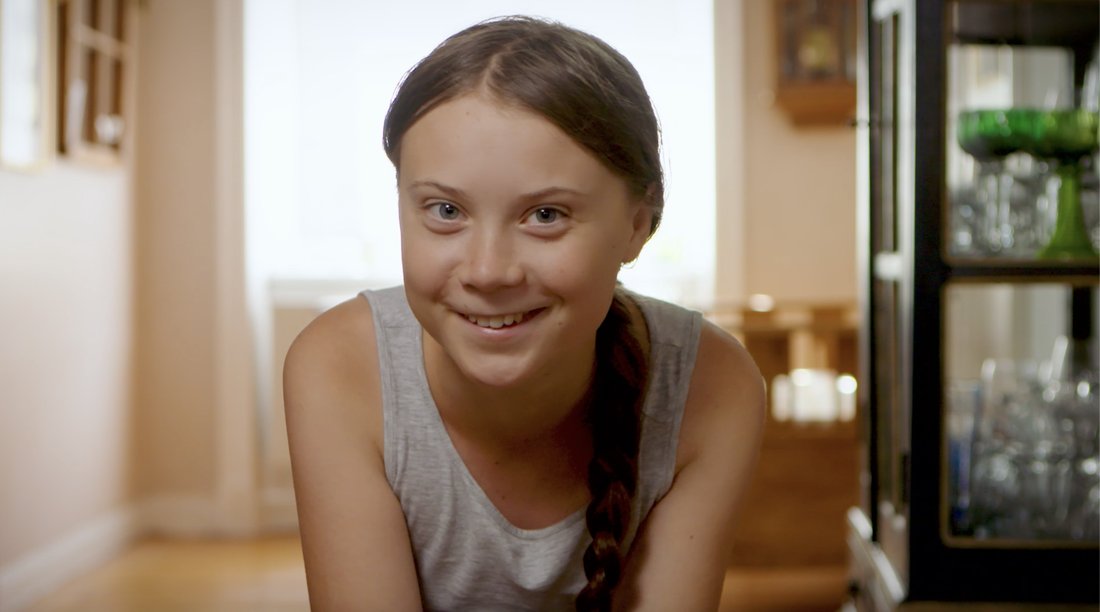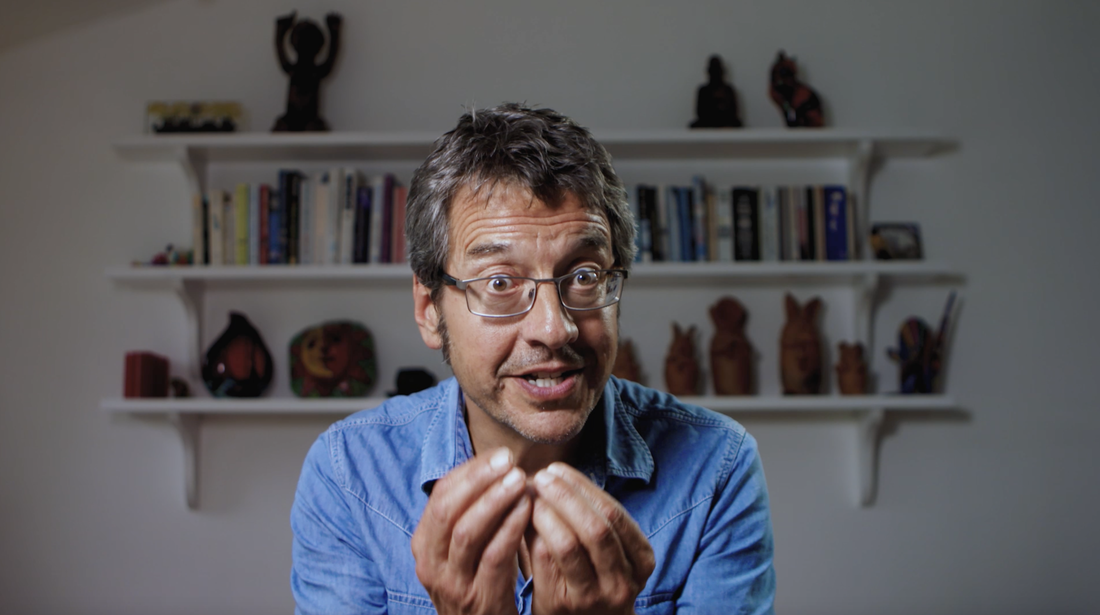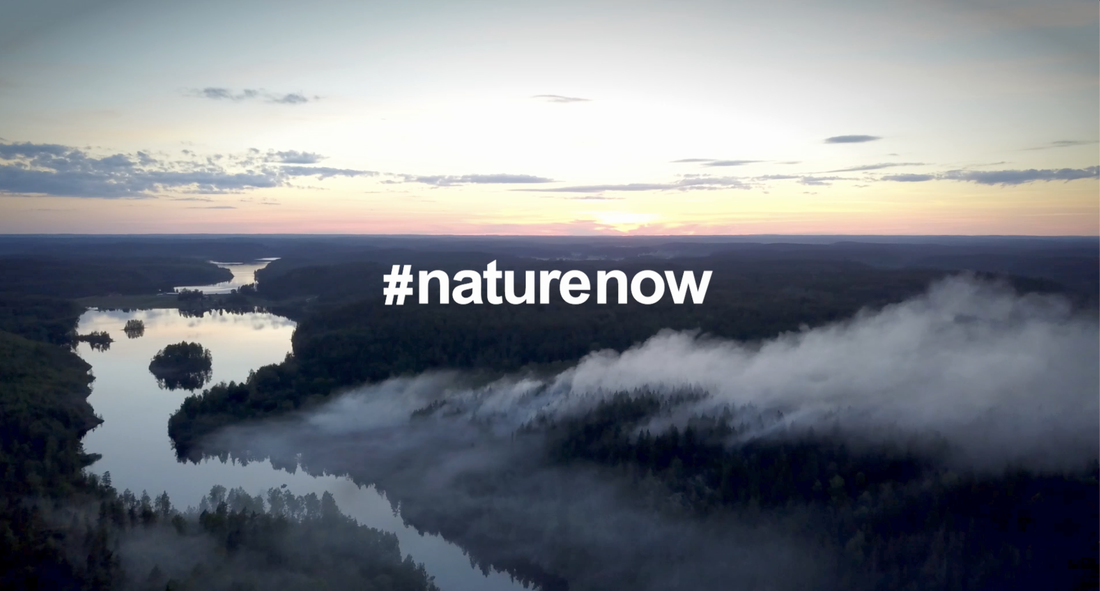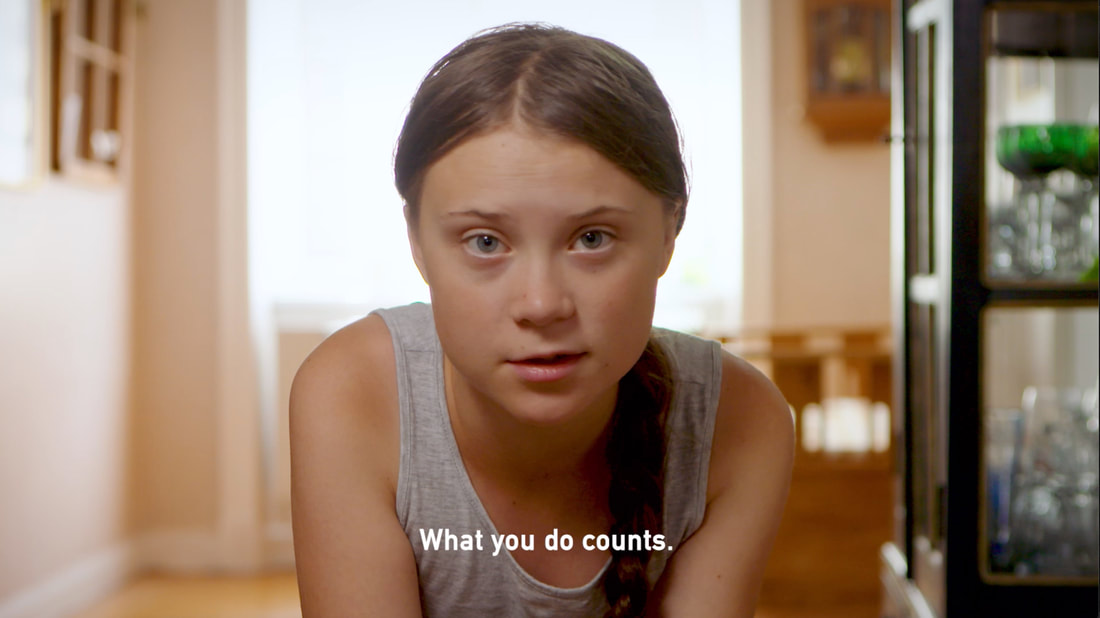|
We reached out to our Jackson Wild Media Awards filmmakers to ask them five questions about the experience of making their films.
#NatureNow Finalist Trailer from Jackson Wild on Vimeo. Were there any surprising or meaningful experiences you want to share? Director Tom Mustill: We did not expect the film to be viewed very much, perhaps a few hundred thousand views, but when we released it it went viral, clocking up over 70 million views and even being tweeted by heads of state, with Natural Climate Solutions being a big part of the UN climate and sustainable goals summits discussions in September in climate week. The meaningful part of this is that most of those views came as an accident of our distribution strategy - instead of releasing it on one site as is the received wisdom, we gave it away under a Creative Commons (CC) license to anyone who wanted to host it/ show it. An unexpected consequence of this was that the places it received the most views were sites we would not have expected - 20 million on the FB page of the musician who leant us his music for instance - far more than on Greta's and our sponsors official pages where we expected most of the views to be. Hopefully more films will take this approach and give their films away under CC licenses. Describe some of the challenges faced while making this film/program? TM: We wanted to have the smallest possible environmental footprint ourselves while making this film. To accomplish this we took trains to Sweden and electric cars in the UK, powered our edit on green energy, had no single use anything, ate veggie and only used recycled stock footage (apart from the two interviews). This reduced our total footprint to 180kg of carbon. We paid to offset this 4x over (so the carbon would be captured sooner) in Natural Climate Solutions making the production carbon neutral. We wanted to show this was possible on a high production value film. What inspired this story? TM: I met George Monbiot and he told me about Natural Climate Solutions / Nature Based Solutions - how by protecting and restoring natural systems we could help limit the climate crisis, and how nobody knew about them or was funding them. He had written a joint letter with Greta Thunberg and others to try to get decision makers to invest in NCS and use them. With the UN General Assembly and Climate Week approaching it seemed an important story, so I decided to make a short simple public information film in my spare time to try to make NCS and the organisations championing them taken seriously and talked about. How do you approach storytelling? TM: I wanted to keep it as simple and authentic as possible - Greta and George speak directly to the viewer, in the way that they would talk to you if you were sat with them at home in their kitchen. I wanted the film to feel fresh but to re-use footage, so we animated existing footage together with a different pace and style as you normally see to give a feeling of the colossal land use changes taking place and the potential of the natural world. The point of the film wasn't to depress people about how much trouble we are in, but to give them a feeling of the potential of NCS and to give them something they could do to help so the structure is heavily weighted towards solutions and action rather than problems - this is different from many environmental films which spend lots of time talking about problems and solutions are often only introduced at the very end if at all. I guess in style it is a sort of mash up of public information film, music video and vlog - it is much more in keeping with what we make and watch online on social media than in traditional natural history and television shorts. Anything else you would like people to know? TM: I would encourage people making films about nature and climate to get much more adventurous with their style and storytelling techniques - many environmental and advocacy films are formulaic - in their editing, in their content, in their style and pace and music and everything. As soon as one starts playing you think 'I know what this is' and you switch off, particularly if it is depressing. As communicators we are losing opportunities of reaching people with important stories about the natural world because we think we have to tell all our stories in the same way. I didn't know that this film would work so well, and you never do until you try. So I'd encourage people who watch this to try their own new ways of telling stories like this, because we urgently need to reach different and diverse audiences and that means we need to make different and diverse films.
0 Comments
Leave a Reply. |
Archives
March 2024
Categories
All
|
Contact UsJackson Wild
240 S. Glenwood, Suite 102 PO Box 3940 Jackson, WY 83001 307-200-3286 info@jacksonwild.org |





 RSS Feed
RSS Feed